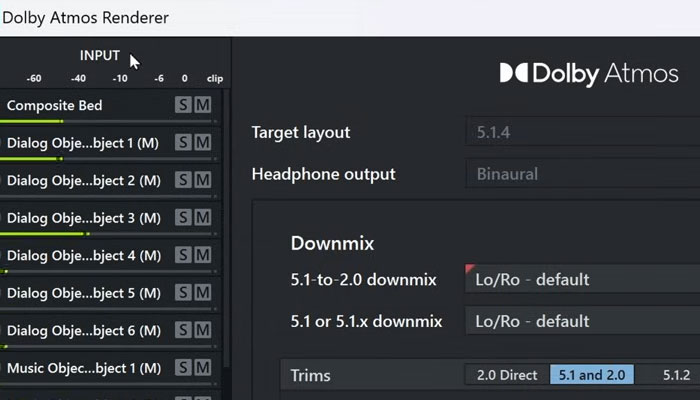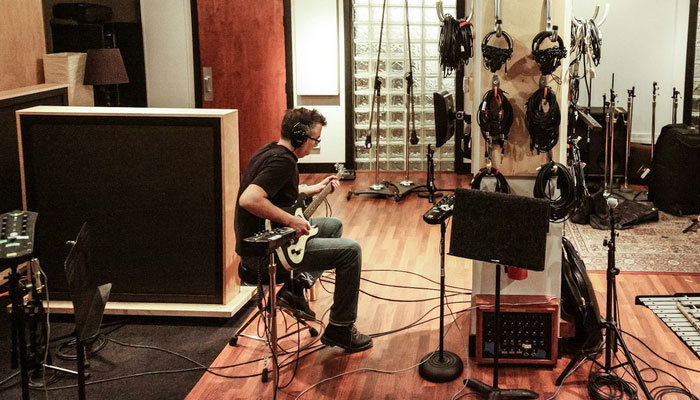For many, including the person writing this, the idea of finding background noise in an audio file after a long recording session is almost intolerable. And if you have been in this business for a while, you know it's basically unavoidable! Thankfully, there are methods to remove background noise on Windows without using pricey plug-ins or buying high-end audio hardware.
Of course, buying one of the best podcast microphones within your budget is a great solution. However, before investing in a new mic, this article will show you how to reduce microphone background noise on Windows 10 quickly and efficiently.
How to Reduce Background Noise on Mic in Windows 10
Here are four methods to remove background and ambient noise from your microphone recordings.
Method 1: Enable the Built-in Noise Reduction
Did you know that Windows 10 has a built-in background noise reduction feature? You can easily enable it in the audio settings in your computer’s control panel to reduce background noise from the microphone you connect to your computer without downloading any third-party application.
Some options will be available depending on your specific hardware. Start by checking your PC manufacturer's audio drivers and enable what's available.
Enabling it is quite simple:
Use the search bar or the start menu and type Control Panel to launch the traditional Control Panel.
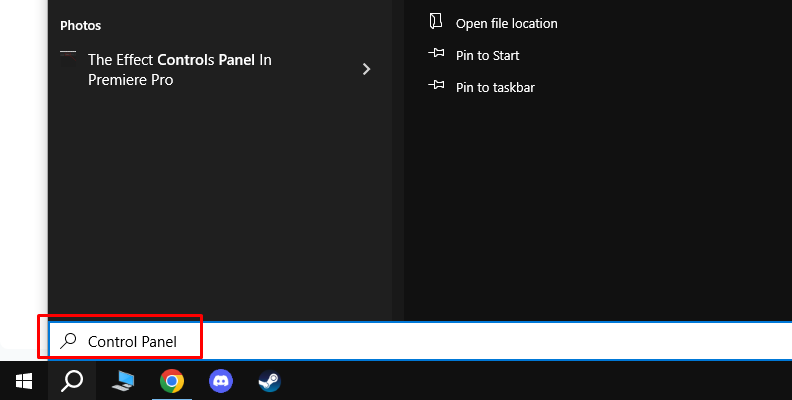
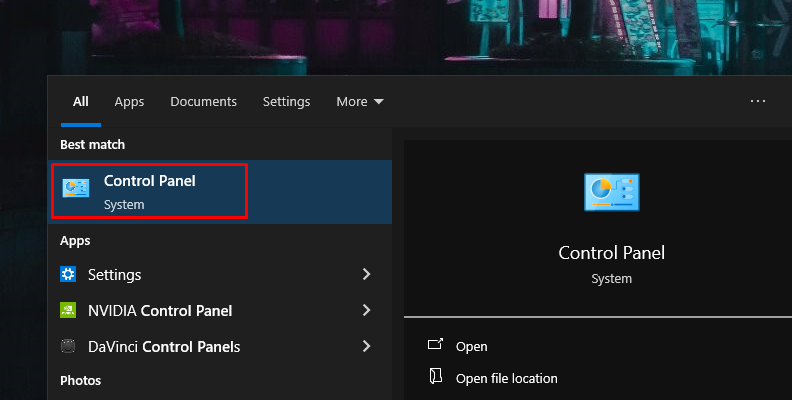
Go to Hardware and Sound > Sound to open the Sound settings window and click on the Recording tab.
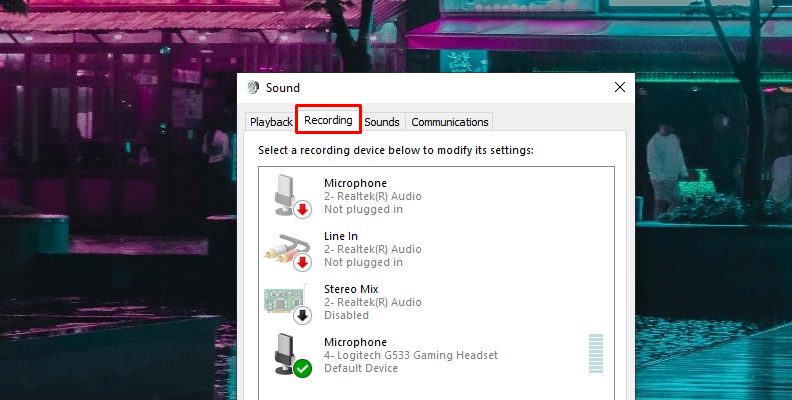
Select the microphone you'll use for recording and click on Properties at the bottom.
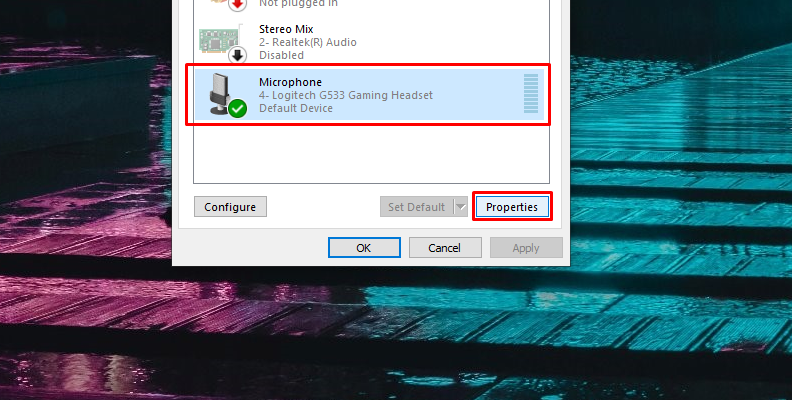
In the Levels tab, you can adjust the microphone boost to remove background noise. If your microphone produces self-noise, lowering the microphone boost tool can help reduce it.

You may or may not have the Enhancements tab. If you do, click on it to find the Acoustic Echo Cancellation option and Noise Suppression and enable them by checking the box.
Method 2: Use a Mic Stand and a Pop Filter
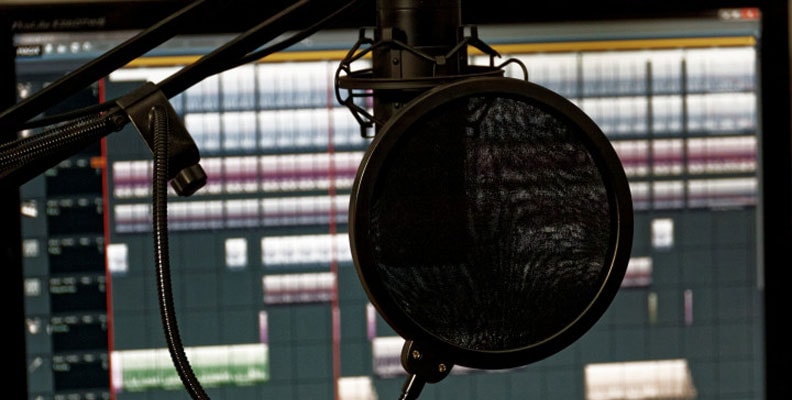
If you’re using an external microphone for recording audio and video calls, use a mic stand or something that works as a mic stand to avoid the buzzing sound from movement and bumps. A pop filter will help you reduce unwanted noises and consonant sounds. You can get a cheap pop filter or create one with a thin sock and a wire hanger.
Method 3: Use High-Pass and Low-Pass Filters
If you edit your video in a DAW or audio editor, you may have an EQ that allows you to apply a high-pass or low-pass filter when recording audio. A high-pass filter allows only the high frequencies in an audio signal to pass and removes low-frequencies in ambient sounds.
A high-pass is required for low humming sounds, but if the unwanted noise is a high-pitched sound like a hiss, you can apply a low-pass filter to remove background noise, removing the high frequencies.
Method 4: Record in a Quiet Environment
Choose your recording room wisely, ensure there are no loud noise sources, and close windows and doors. Some people record in closets or treat their rooms by placing carpets and covering flat surfaces. Optimizing your room’s acoustics and sound reflections will improve and reduce background noise in your recordings.
Noise Canceling Software for Windows
If you record in a place with a lot of background noise, you will need more than what Windows 10's built-in tools can offer. Luckily, there is noise-canceling software dedicated to ambient noise reduction for Windows 10 that will help you reduce background noise from your audio recordings.
Noise reduction software enhances audio quality from audio recordings or in real-time during video calls. Some noise reduction software works only within your audio editor, and others allow you to apply noise reduction to your microphone device in Windows.
Here's the list of the best noise-canceling software to reduce microphone background noise in Windows 10.
CrumplePop Noise Cancelling Software

When you find persistent background noise in your sound recording, our noise-canceling software can automatically reduce background noise and other unwanted sounds in seconds.
CrumplePop uses powerful AI technology to identify and reduce unwanted background noise. With our subscription, you get one of the best ambient noise reduction software tools available to clean audio recordings from wind noise, plosive sounds, rustle, and traffic.
CrumplePop noise cancellation tools are easy to use.
Install the plug-ins and then open your DAW.
Begin recording audio or import an audio recording with background noise.
Search CrumplePop noise suppression tools in your effects library and drag it to the audio clip.
Play the audio to hear CrumplePop work in real time. Adjust the amount of noise suppression to apply with the big knob until the background noises are gone.
You can hear the background noise suppression effect in real-time, but it only works within your DAW.
Hear It For Yourself
Advanced audio AI removes noise and boosts your vocal quality.
Toggle it on/off to hear the difference.
Remove Wind
Remove Noise
Remove Pops & Plosives
Level Audio
Remove Rustle
Remove Echo
Remove Wind
Zoom

You've probably already heard about Zoom if you're constantly doing online video conferences and meeting calls. Zoom has an option to suppress intermittent background noise and echo cancellation that you can find in the audio settings.
Click on your profile and then settings. Go to the Audio tab and select Zoom optimized audio under Audio Profile.
Choose between the different levels for background noise suppression. Try different options until you find the best one to reduce ambient noise.
Google Meet

Google Meet features tools for ambient noise reduction, allowing you to keep in touch with people from anywhere with good sound quality.
The downside is that, unlike Zoom, you cannot customize the filter for different background noises. You only have the option to activate it or not under your audio settings
Go to settings > Audio and enable the ambient noise reduction option, and Google Meet will cut out the background noise.
Discord

Discord is a tool for group chat and building communities online. Its voice audio quality is regarded as one of the best by many people and gamers worldwide. Discord features Krisp.ai integration to remove microphone background noise on your calls with friends.
To enable this option, go to your user settings and scroll down to Voice & video settings.
At the bottom, you can enable echo cancellation and noise suppression under the Advance settings. Krisp powers noise suppression, but you can choose a standard option or deactivate it.
The downside is that these settings will only work within the Discord app. However, you can get the standalone app to use in Windows 10.
Krsip.ai
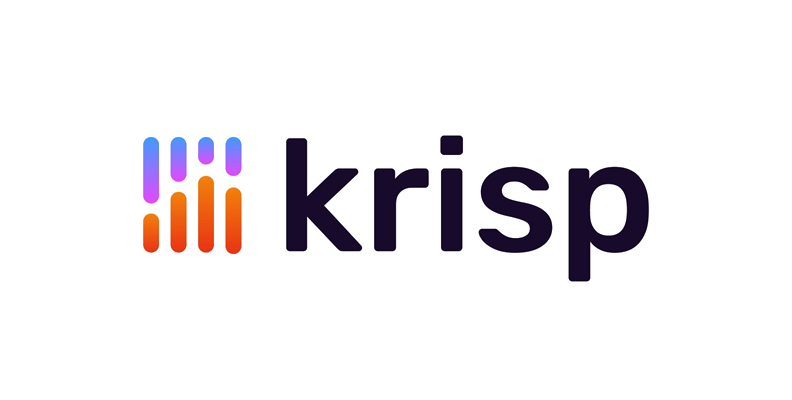
If you want Krisp to enhance your sound quality on other apps, the free tier includes 60 minutes of noise cancellation daily using its powerful AI. Additionally, you can subscribe for unlimited AI noise and echo cancellations. With Krisp.ai, you can connect any audio hardware and use Krisp.ai to enhance its sound quality.
All you need to do is select Krisp Speaker as your default output device on your computer’s sound settings.
NVIDIA RTX Voice
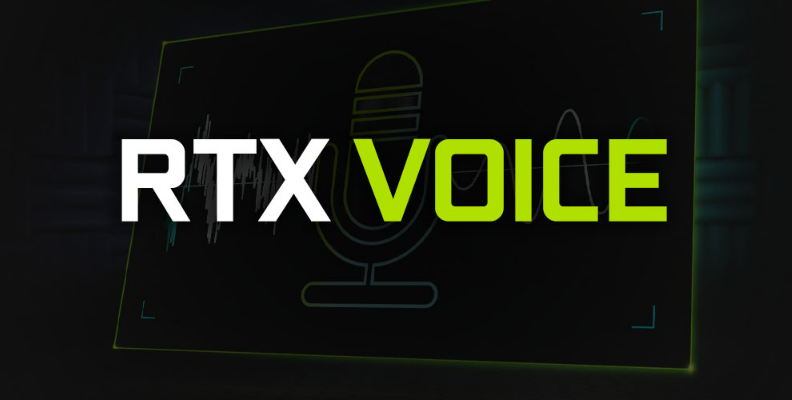
If you have a GTX or RTX graphic card, you can benefit from NVIDIA RTX Voice, which removes background noises from video call apps, voice chats in games, and streaming. It uses machine learning and works for any microphone connected to your system and on any application.
Audacity
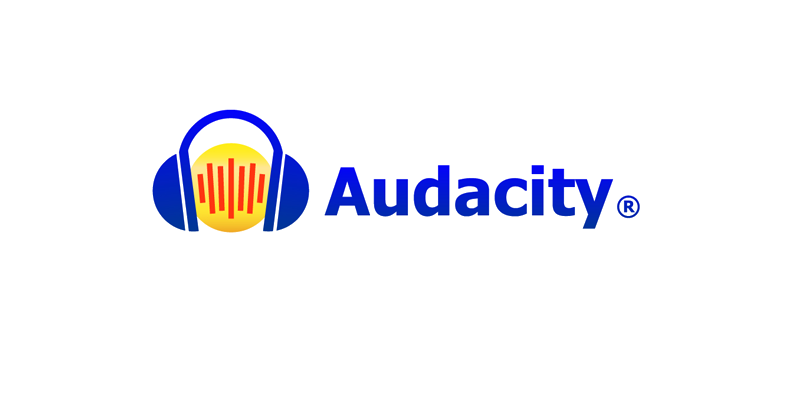
Audacity is free and open-source audio editor software for Windows 10. It allows you to record audio and apply noise reduction and other effects to improve audio quality. Removing background noise with Audacity is straightforward with the Noise Reduction Tool.
Additional Methods On How to Reduce Background Noise On Mic in Windows 10
Noise Canceling Microphones
Avoid using your computer or laptop's built-in microphone. Investing in a noise-canceling microphone for your video calls and audio recordings will certainly pay off in the long run. If you can't find a noise-canceling microphone, you can get a dynamic microphone, which can cut off and reduce microphone background noise better than condenser mics or your computer’s built-in microphone.
Wear Headphones
Wearing headphones when recording audio helps to reduce feedback from your monitor speakers. A headset for voice calls is great, as it usually comes with noise-canceling features and a dedicated microphone.
Find and Reduce Noise Sources
Identify audio devices that produce self-noise, such as home appliances and AC.
Adjust the microphone volume to reduce its self-noise.
Turn off fans, radios, and televisions.
Check the audio cable in your setup and the power socket you're plugged into
Search for any other electrical interference and electrical circuits that can be causing the background sounds
Final Words
Every music producer, podcaster, and content creator needs to know how to reduce background noise on a microphone in Windows 10, and as you learned in this article, removing ambient noises with the right tools and Windows built-in features is not that hard. There are many ways to apply noise cancellation, so all you have to do is find the perfect tool that fits your workflow, and get ready to enhance the beauty of your recordings.
Good luck!














